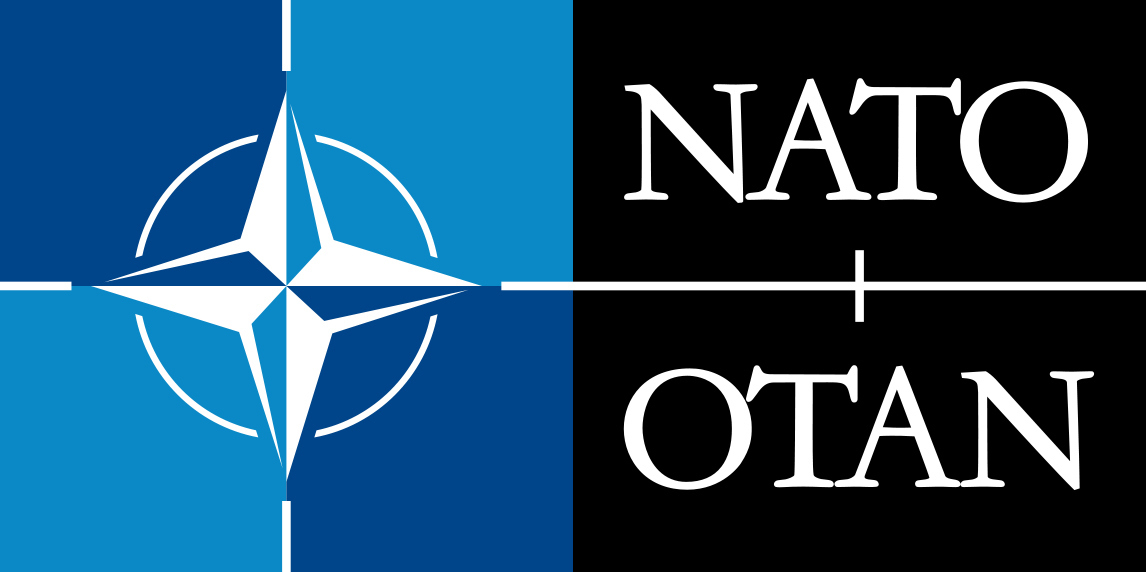
In the early 1970s, studies by NATO’s major military commanders showed that an airborne early warning (AEW) radar system would significantly enhance the Alliance’s air defence capability.
Later, in December 1978 NATO’s Defence Planning Committee (DPC) signed a memorandum of understanding to buy and operate a NATO-owned AEW system. As a result of this decision, the member nations embarked on NATO’s largest commonly funded acquisition program.
The NATO Airborne Early Warning & Control Force (NAEW&CF) was established in January 1980. Today the NAEW&C Force consists of two operational elements called Components: The multi–national NATO E-3A Component at Geilenkirchen, Germany and the RAF E-3D Component at Waddington in the UK.
NATO’s Challenges
NATO is a special organization. With a tight IT budget, the organization has scarce resources for software development. Because they are financed by the budgets of the 28 participating nations, NATO carefully makes the most of the coalition member funds. As a result, IT solution decisions have to be the best and most cost-effective choices.
The E3A Component hosts NATO‘s Fleet of 17 AWACS aircraft, NATO‘s first integrated, multi-national flying unit. Due to their reliance on outdate Oracle Forms, the unit needed to upgrade from Oracle Forms 5 and Oracle Forms 9i to Oracle Forms 11g.
PITSS offered considerable cost savings compared with other solutions, and they could also perform the upgrade of 26 applications within a two month record time.
Upgraded 26 Applications
Save Time and Money
PITSS.CON Success Story
First, PITSS offered a cost between 30% and 40% lower than a manual upgrade, even though the contract also included all ongoing PITSS.CON licenses. Choosing PITSS to do the work was easy
Next, during the Oracle Forms migration project, the IT team encountered complex and demanding challenges. The team’s challenge was to upgrade 26 Oracle technology applications, shifting them onto modern platforms.
These Oracle applications are necessary for successful planning and operations. Therefore, they represent a critical success capability of the NATO AWACS Fleet in Geilenkirchen.
Semi-Automated Tool-Assisted Approach
30-40% Lower Cost than Manual Migration
How did PITSS help?
Oracle no longer supported the base technology for the Oracle Forms 5 and mainly Oracle Forms 9i applications, however. This meant that more than 800 Form Objects, more than 300 Reports, as well as numerous Libraries were outdated and not compatible with the current technology.
The organization used various tools including Oracle Designer 2, Forms 5 and finally Designer 9i. However, they had no universal, relevant, or technical documentation.
The upgrade to Oracle Forms 11g was a vital first step in order to successfully approach Redesign. Practically all IT users across the organization, in one way or another, from administration to operational planning were involved in some way.
Oracle Forms Technology Users
Since this is a multi-national, military flying unit, the organization differs from “normal“ business enterprises. The user-community onsite is tremendously complex. Military and non-military employees from a total of 17 NATO countries active in Geilenkirchen use the applications. Many members are posted to the base for a period of only three to four years.
A classic long-term service user is rather rare in the company. The approval processes are multi-tiered and quite regulated, creating a lengthy decision-making process. All these factors, and the fact it was such an extensive project, were a considerable risk to the unit. The unit’s IT team used PITSS.CON to prepare for a rapid deployment, without any significant impact to operations.
Oracle Forms Technology Users
Since this is a multi-national, military flying unit, the organization differs from “normal“ business enterprises. The user-community onsite is tremendously complex. Military and non-military employees from a total of 17 NATO countries active in Geilenkirchen use the applications. Many members are posted to the base for a period of only three to four years.
A classic long-term service user is rather rare in the company. The approval processes are multi-tiered and quite regulated, creating a lengthy decision-making process. All these factors, and the fact it was such an extensive project, were a considerable risk to the unit. The unit’s IT team used PITSS.CON to prepare for a rapid deployment, without any significant impact to operations.
PITSS.CON Support
Now the question was how to do it. Should the process be automated or manual? The team quickly chose an automated solution.
So the business case was clear. PITSS was the best solutions because of their proprietary PITSS.CON tool.
Furthermore, the tool’s quality results exceeded NATO Team’s expectations.
Successful Collaboration
NATO confronted the PITSS technical employees with an application problem which up until now was not resolved. Before the lunch break, PITSS.CON found a solution, and therefore passed this practical test. Migrating all of the Oracle applications only took two months.
The NATO core team consisted of 4 employees with a total of 7 people involved, and they were supported by PITSS during the entire installation and conversion.
No Issues
No significant problems arose during the subsequent acceptance test performed by the users. The team showed excellent results and a satisfying launch. These results and the team’s achievements pleased the Component Chief of Staff himself.
“PITSS.CON and PITSS definitely fulfilled our expectations. Any organization considering an extensive migration project should engage with PITSS.CON.”
Government Digital Transformation Success
Another positive aspect of using PITSS.CON for an Oracle Forms migration are the options that are available to NATO.
The investment for the tool has paid off several fold. PITSS.CON is planned as a configuration management solution in the future because the various baseline versions of the applications are updated automatically.
Therefore, NATO trained other employees how to use the tools. PITSS.CON is the organization’s go-to application for consolidation and future migrations to the latest Oracle Forms versions.